A Reflection on DDVC’s Second Academic Workshop
A Workshop co-sponsored by DDVC and UBC
A congregation of Buddhist scholars gathered at the Dharma Drum Vancouver Center on Saturday, October 4th, in the late hours of the afternoon. They come from all over the world to attend the conference on Paper, Print and Cyberspace: The Perspective of a Global Network for the Multimedia and Interdisciplinary Studies of Buddhism and East Asian Religions, happening over the course of two days, featuring DDVC as the host location on the first day, and the University of British Columbia on the second.
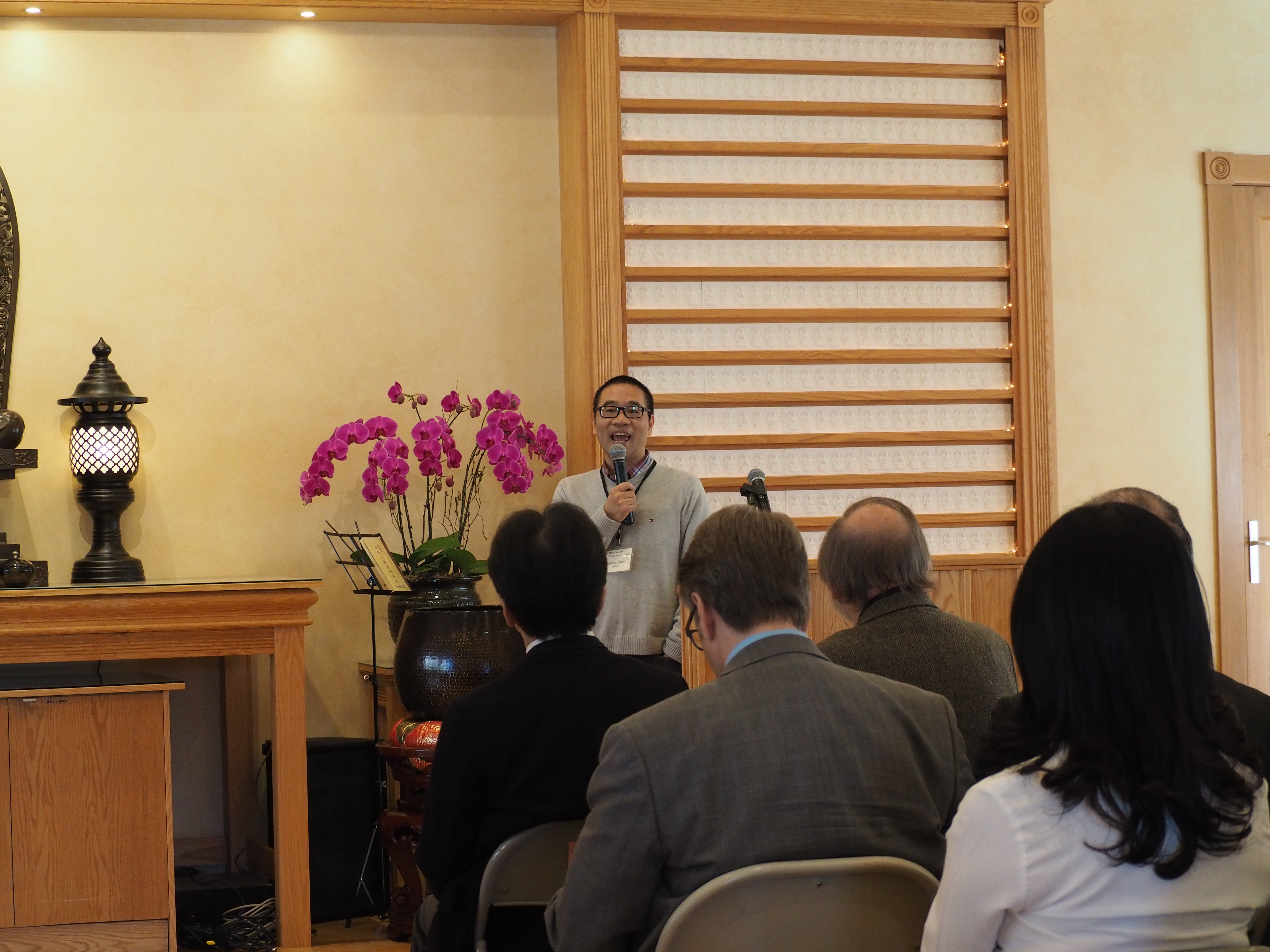
Two keynote speeches were scheduled to be presented at DDVC, and the lectures were open for the public to attend, free of charge. The first keynote speech was presented by Dr. T. H. Barrett, SOAS, from the University of London, on the topic of “A Wooden Manuscript from late Qing Yunnan: Beyond the Print/Manuscript Distinction,” while the second keynote speech was presented by Dr. Masahiro Shimoda, from the University of Tokyo, on the topic of “The significance of constructing a Buddhist knowledge base in the diversity of Digital Humanities.”
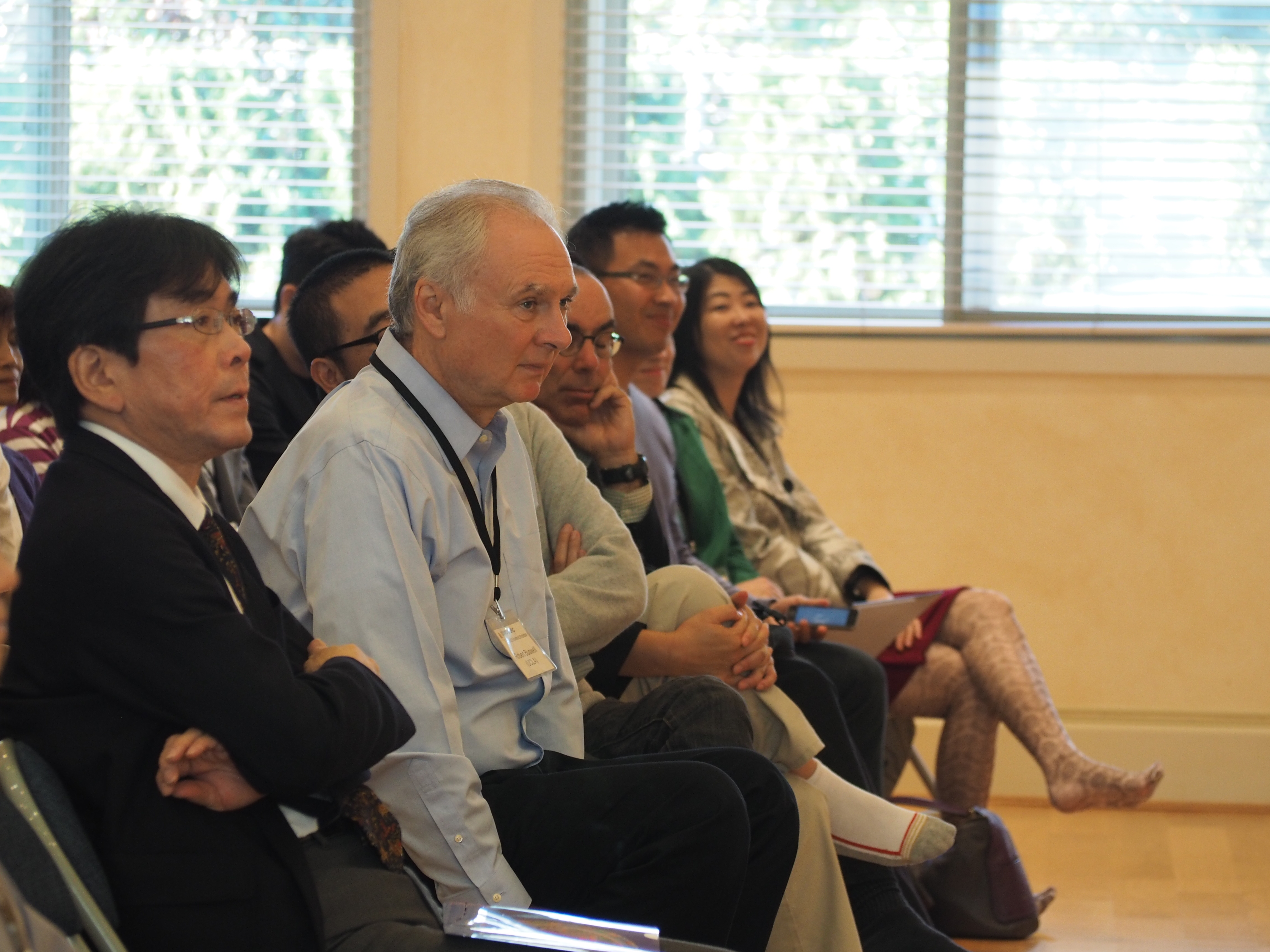
With such intricate yet weighty topics to be presented, it was guaranteed to be a full and exciting day at the center. And sure enough, when the afternoon event kicked off with an hour-long guided meditation by Venerable Chang Xuan, one could feel the air of anticipation within the audience.
With Venerable Chang Xuan directing the guided meditation with her serene and slow voice, everyone who had rushed over in a hurry to the center began to calm down throughout the first half of the Eight-Form Moving Meditation. She not only displayed her expertise in meditation as a practitioner, she also took the chance to expound Dharma to the audience, namely, a technique discussing the concept of “host” and “guest” mentioned in the Surangama Sutra. A very applicable technique described in a simple and straightforward manner by Venerable Chang Xuan, it seemed like the attendees were able to pick up on the method and apply it instantly during the sitting meditation session that followed.
With a calmed mind after the meditation session, everyone was alert and ready to welcome the keynote speakers.
Keynote Speech 1: “A Wooden Manuscript from late Qing Yunnan: Beyond the Print/Manuscript Distinction” by Dr. Tim H. Barrett

Dr. Barrett then began his speech. With his soft-spoken and gentle voice, he emphasizes the importance of the media of communication and its practicality in presenting Buddhist, as well as other religious, messages, throughout history, and that it is up to us to continue preserving the heritage throughout the ages.
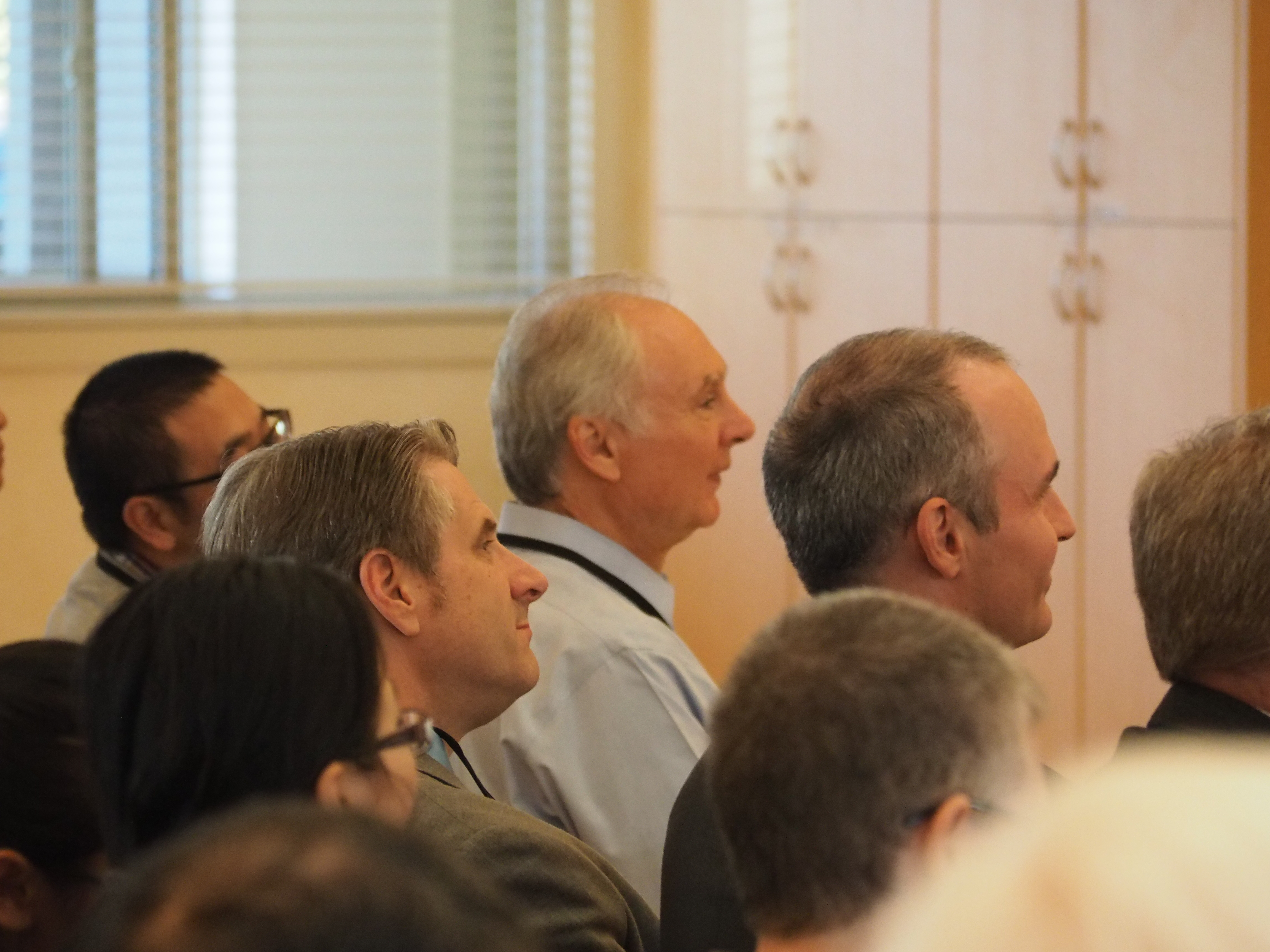
He remarked on how incredibly successful East Asia has been in preserving this history, as the East Asian area has in fact, a very large bank of heritage kept from the past. The reason for this was not only just in the written messages conveyed, such as the Buddhist scriptures that were printed in writing, but also the structure and organization of such materials, that made it possible. In fact, the presentation of such materials when it came to the Buddhist Canon turned out to be so successful, that the other sectarian organizations as well as religions, decided to emulate the format. The prominent examples given by Dr. Barrett regarding this were images of the Buddhas and the Bodhisattvas on the front of wooden blocks, which were used as the predominant form of printing production, along with the wooden typeface. In contrast, the West has always favored metal type.
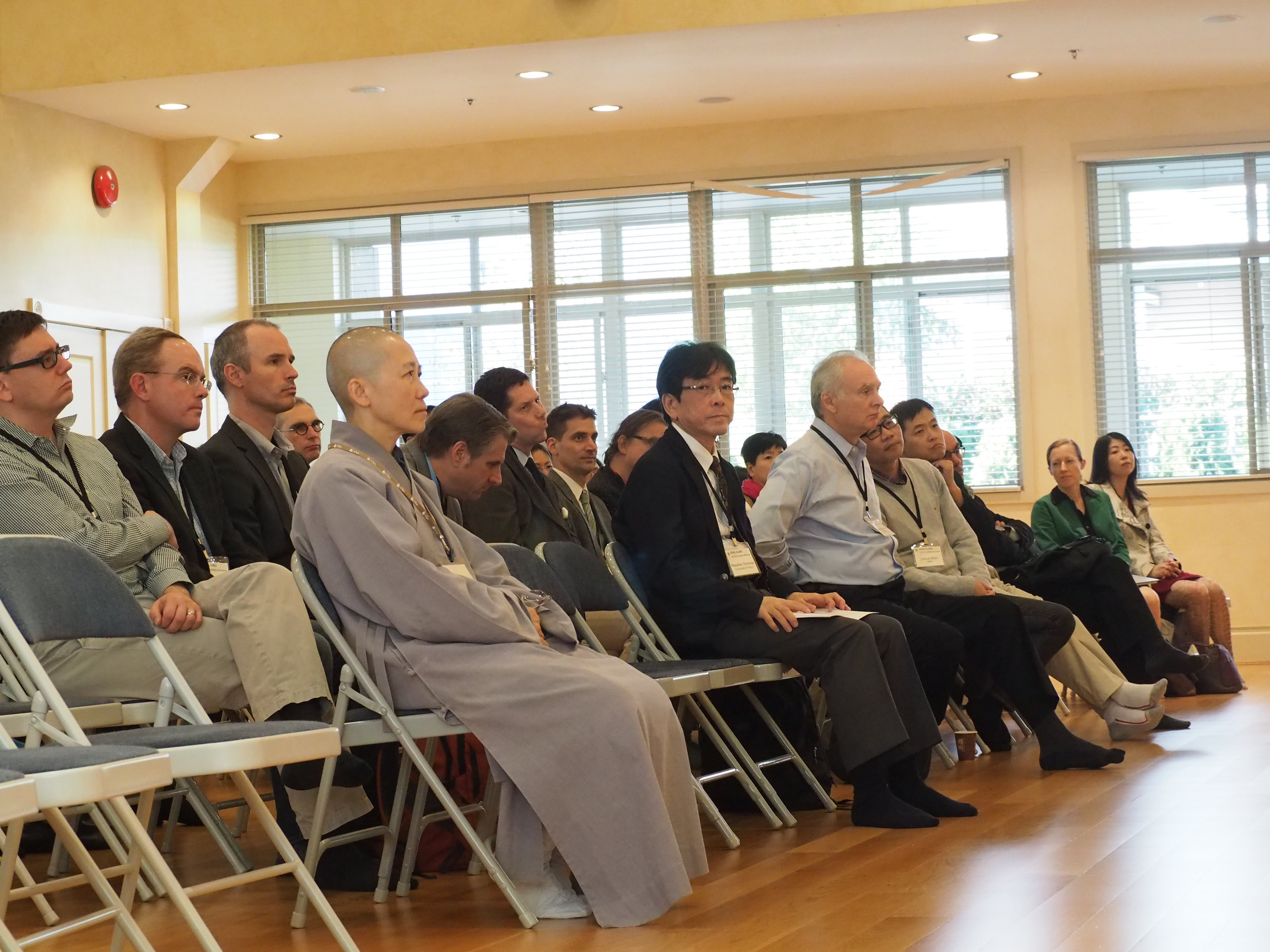
Dr. Barrett continues on along this vein of discussing the metal type versus the wooden type. It was noted that although the metal type is more durable, the wooden versions favored by Asia actually made significant contributions in presenting literature. The reason for this is because upon examining the writings printed by such wooden blocks or wooden typefaces, along with the wooden blocks of typefaces themselves, one can tell a lot about the background of where, what, or how things were printed at that time. It was not only the written message that was conveying the information. Therefore, Dr. Barrett stresses, it is important to not only conserve the writings, but also the physical blocks or typefaces that were used in history.
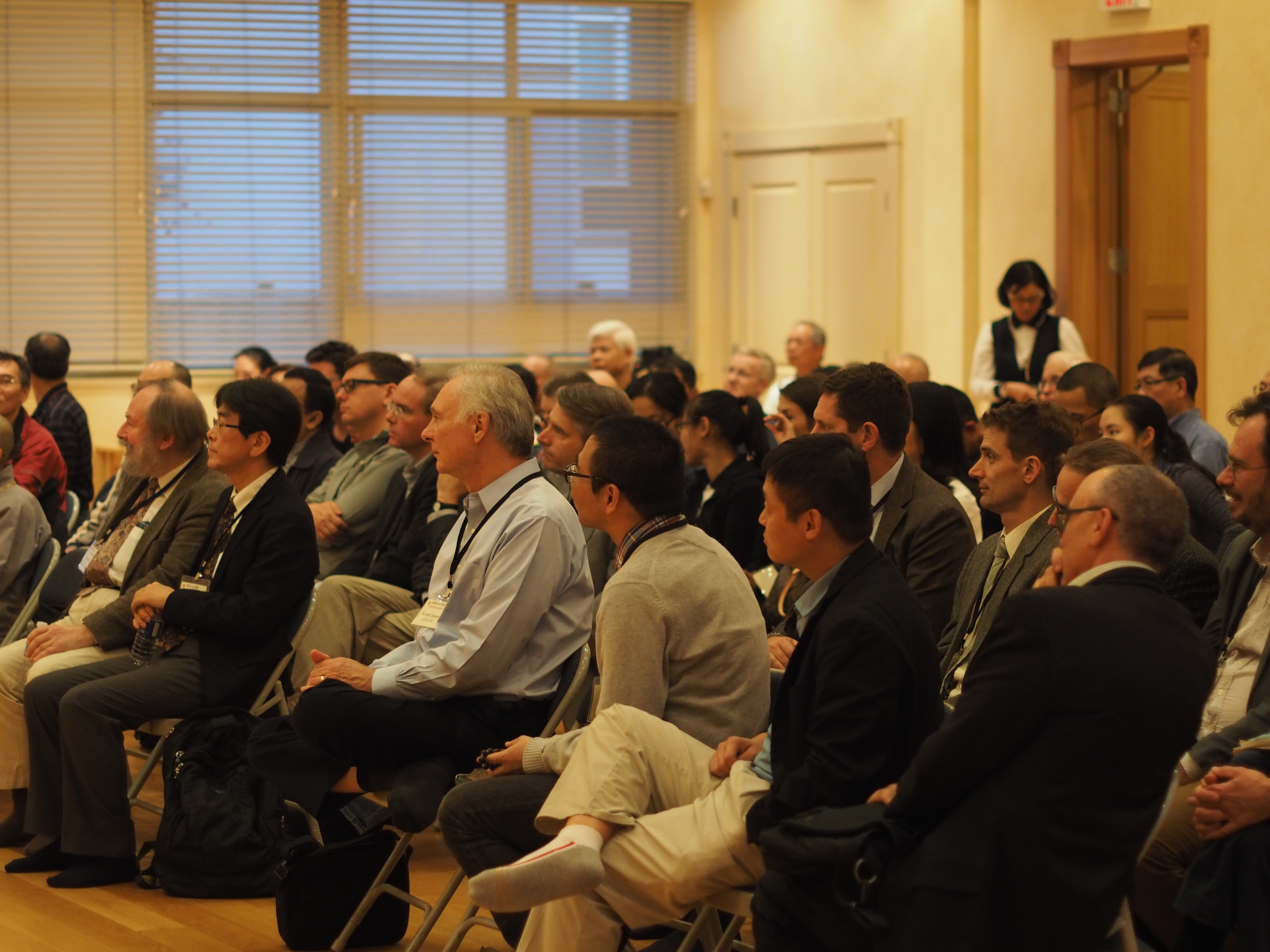
The example he gave was a wooden block he had bought as a souvenir during a trip to the Yunnan region in China, where he found that the message conveyed in the block, once he returned home and had its content printed out, was describing an event in history – a rebellion in that region. Sometimes, the printed written history itself could be lost in time; however, occasionally the physical wooden blocks would endure, and could, in some cases, be the only evidence of a certain piece of work, as the print may be non-existent in any other formats. Hence, as we can see, stories about rebellions, or the rebels’ message, were important in the historical sense because it also allowed the people to have a voice, for those who otherwise would not have been able to have one.
To end his keynote speech, Dr. Barrett describes that the digitalization of knowledge in this present day and time has its advantages, but there are some things to be wary of, such as the importance of not only presenting the literature, but also the need to make note of the way and format that the literatures were presented. With the discussion coming to an end, we all had a better understanding of how literature was preserved throughout history, especially the works pertinent to us, the Buddhist scriptures.
Keynote Speech 2: “The significance of constructing a Buddhist knowledge base in the diversity of Digital Humanities” by Dr. Masahiro Shimoda
.JPG)
Then, it was time for Dr. Shimoda’s keynote speech. To start the speech, he began informing us of how East Asia was not only a region in the world, but also can be seen as a methodology of research. This was in part due to the fact that East Asia had a much longer history than the West in terms of cultural heritage and history. Dr. Shimoda then also mentioned, as Dr. Barrett did, that the material and presentation of conveying messages in research is not only about the literary message itself, but also the presentation medium and format.
Another point was that the issue of the richness of a culture had a lot to do with not only the length of the legacy of the area’s history, but also the richness of its humanities. There was a difference present between East Asia and the West in terms of this, in part due to their differences in research methodologies. As for the humanities itself, some influencing factors include factors determining the potential wealth of humanities, and the language itself. This helps East Asia to be able to contribute immensely to the broadening and enhancing of humanities, due to the fact that it has a longer cultural legacy, as well as the nature of the language used in presentation and the presentation itself. East Asia is dependent upon not only the language content that is presented, but also the presentation of the material. What that means is that East Asia employs both the natural sciences, as well as the social sciences, in their research of the humanities. Therefore, the resultant product would be different than that of the Western methodologies because of the difference in emphasis.
Then it came to the theme of his speech on the digital humanities ages. Digitalization is revolutionizing the way to preserve and present knowledge, and it is beyond the traditional means of knowledges being retained in institutions and libraries. The boundaries are now falling away due to the digitalization. Therefore, there is actually a different and new way to analyze, catalogue, and disseminate the knowledge bank. This transformation has made an impact on the history of Buddhism, such as the cbeta project of digitizing the Buddhist Canon, and will continue making an impact, Dr. Shimoda notes. In fact, the digitalization has also helped to broaden humanities on the global scale, by allowing cultural and historical knowledges to flow between the East and the West. The digitalization only occurred some 60 years after advancement of wood block printing to metal typography in Asia. It so happened that Korea, Japan, and China all attempted to digitize the Buddhist Canon quickly at all around the same time during that period. One significant reason for this was because Chinese typography required highly-skilled workers to manipulate tens of thousands of characters when printing works, so it became a very natural progression to move to a format that is much easier to work with. In addition, reusing of text, or modification of text was very cheap in this new format. It was no doubt that digitized information would take over, Dr. Shimoda states.
There are two ways information can be transmitted, centrifugal and centripetal. The example Dr. Shimoda gave was the Buddha’s teachings. He taught in a centrifugal manner, and when he passed away, the Buddhist Council allowed the spreading of the teachings in a centripetal manner. This was because now, the entirety of the Buddha’s teachings was accessible to all who were in attendance, whereas some of the disciples were only present for certain teachings before that. These disciples of the Buddha, then went around the lands, to again, centrifugally spread the teachings to others in this manner. As we can see, the dissemination of information is a profound knowledge in itself. And with the transition into the digital humanities age, the scope of the various multimedia that can be used must be considered carefully. He also notes that the advances made in digital humanities should be taken advantage of, such as the use of the web infrastructure to continually collaborate and use new discoveries to revise older texts that have been published before the digital age arrived. We were reassured that there was much ongoing research continuing in this area.
Now that the keynote speeches were over, the attendees felt much more enriched and knowledgeable about these topics. The hall, which was near full capacity, slowly began to empty out as the event came to an end, while the scholars were invited to a delicious buffet-style dinner, prepared by DDVC’s volunteers. Lively discussions ensued during the dinner; however, many scholars still had a long Monday ahead of them and so the successful event trickled to a close.
(written by Lisa Su, DDVC)